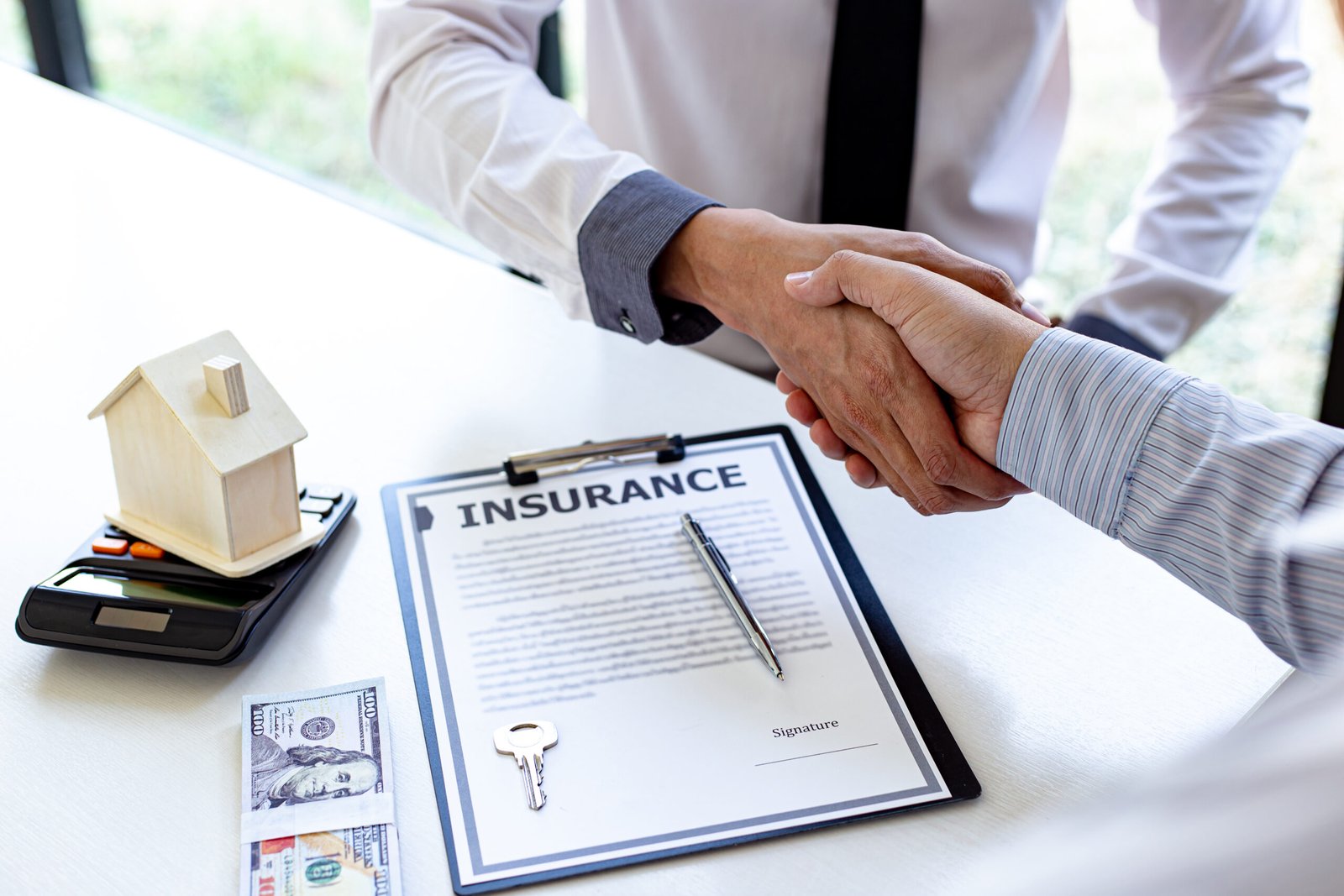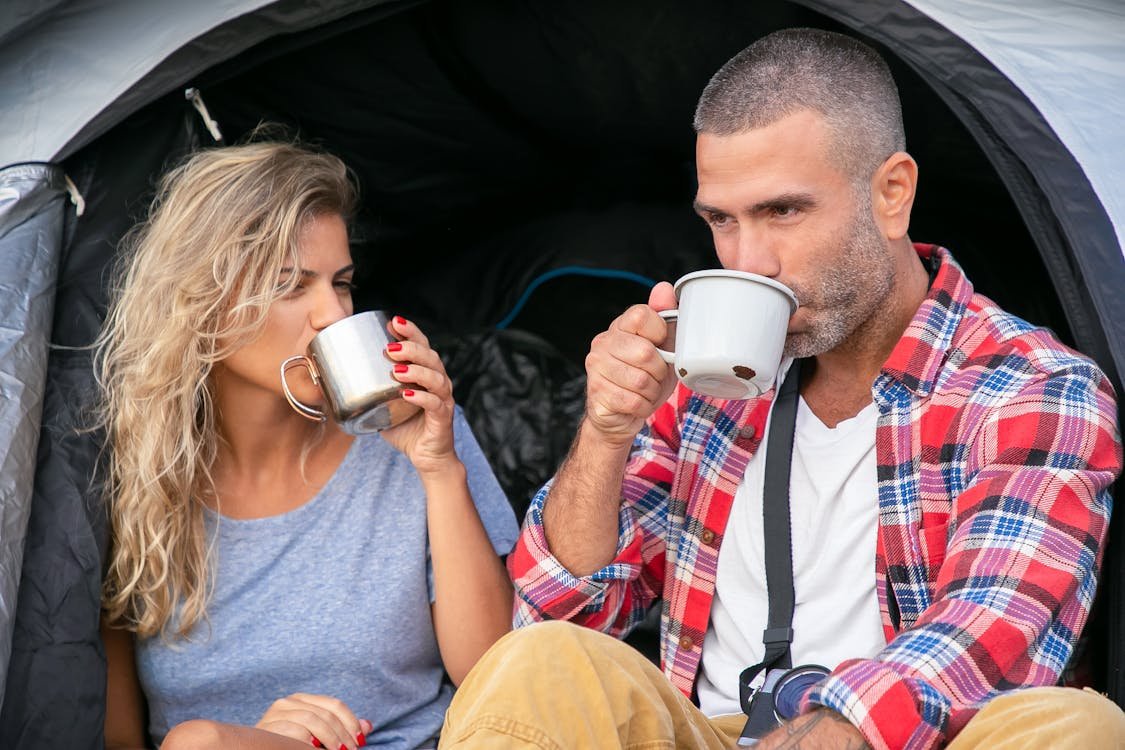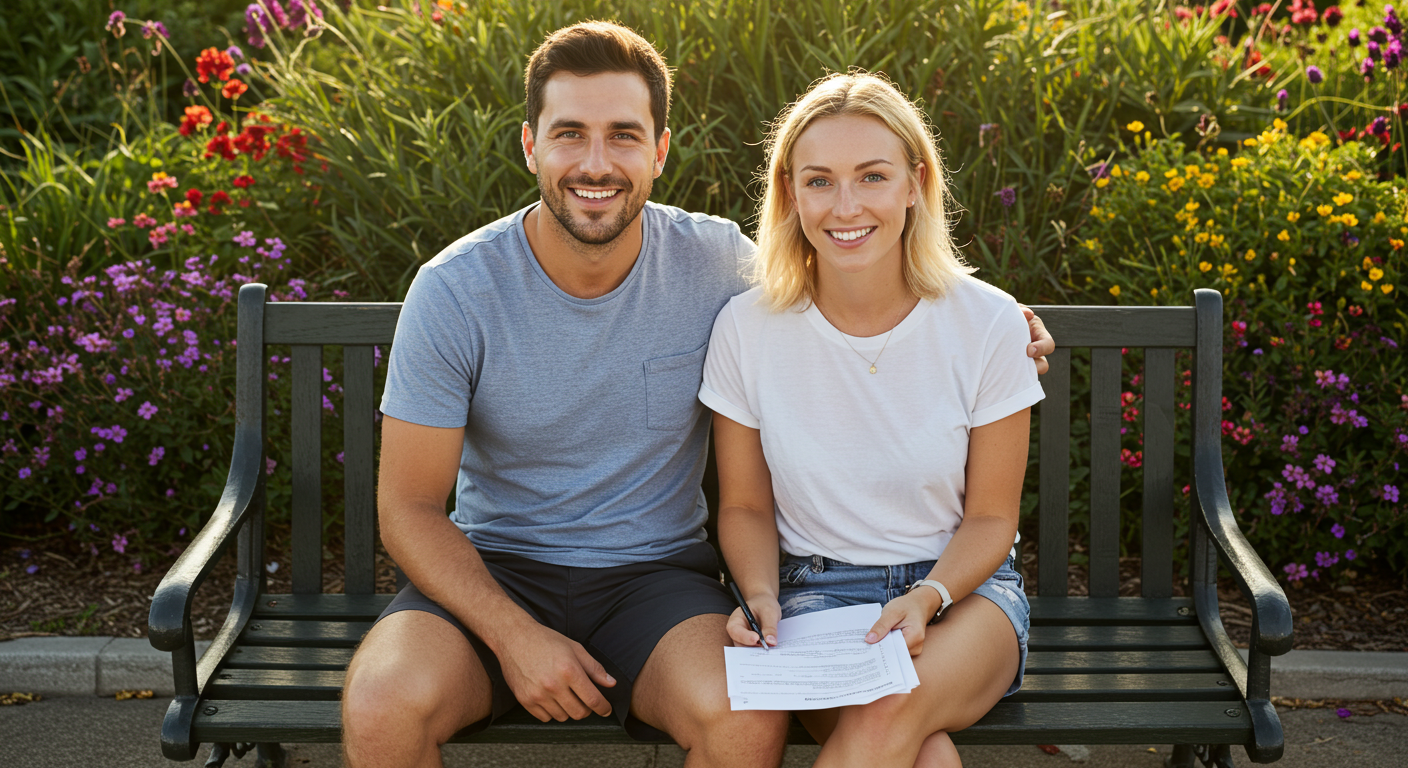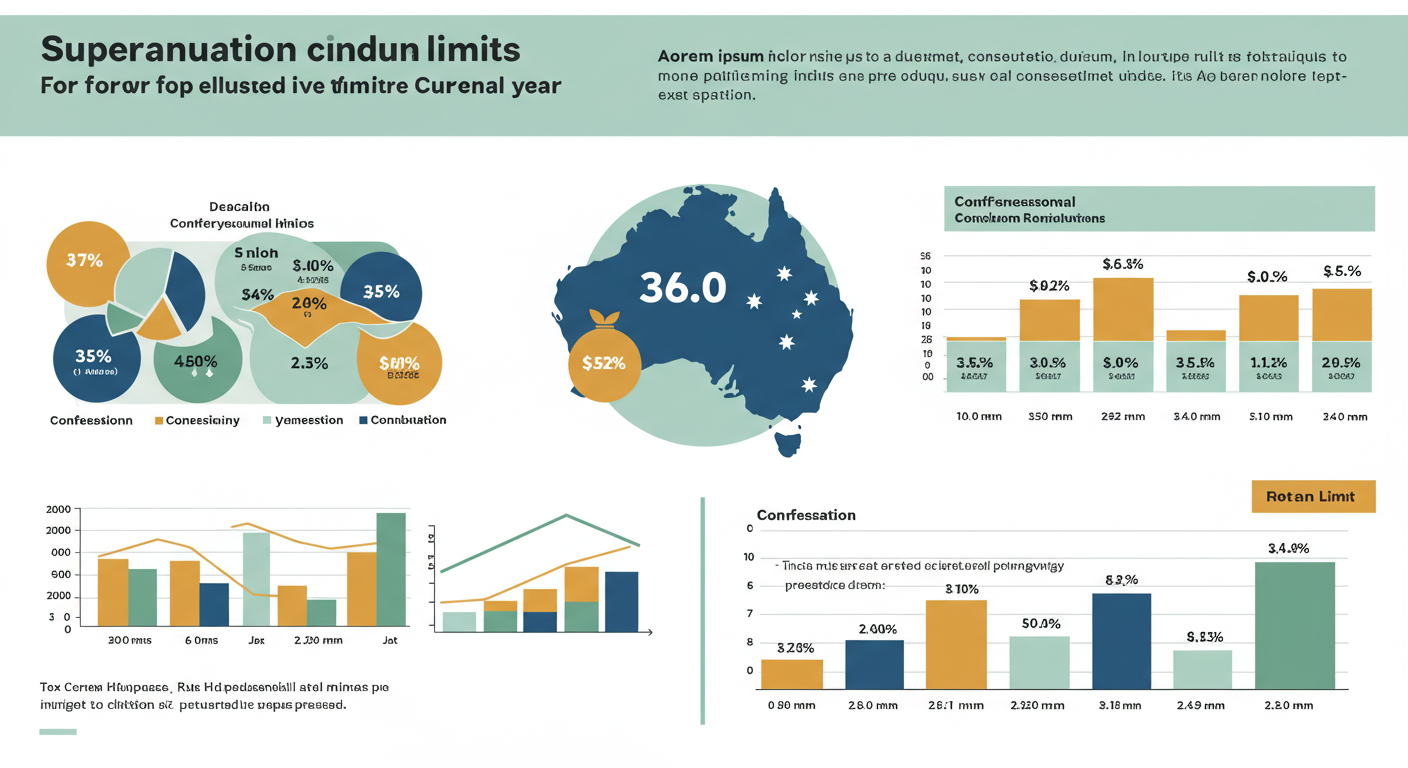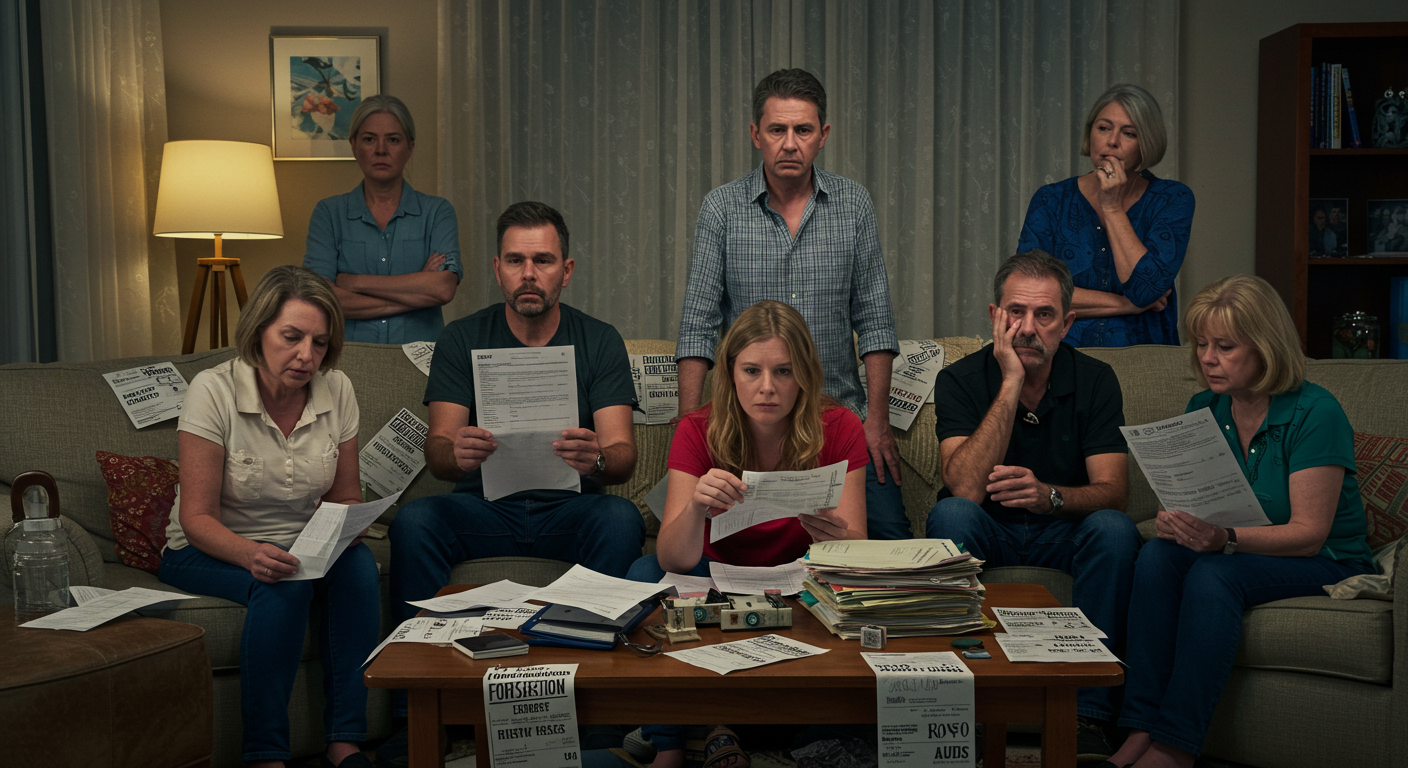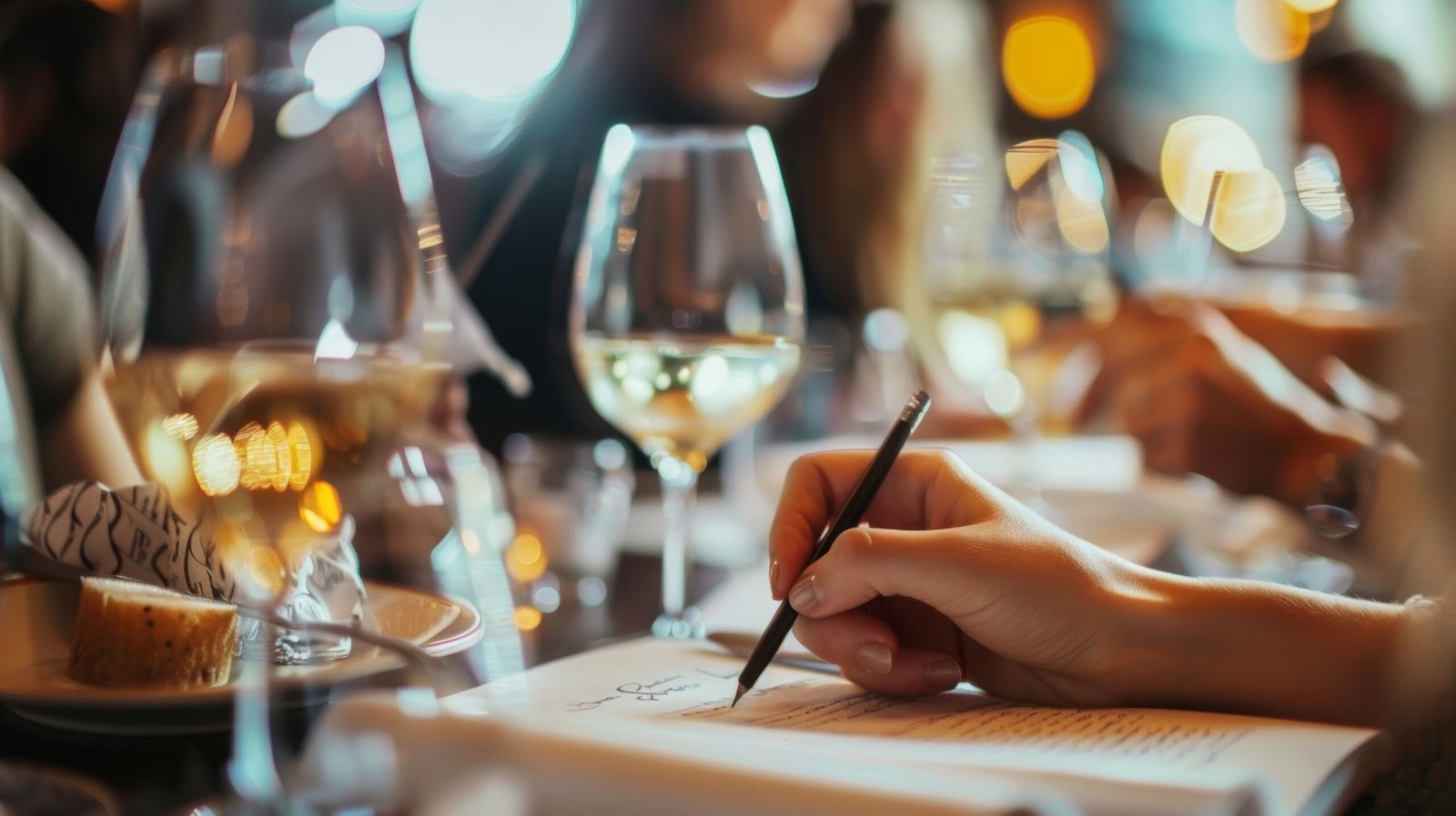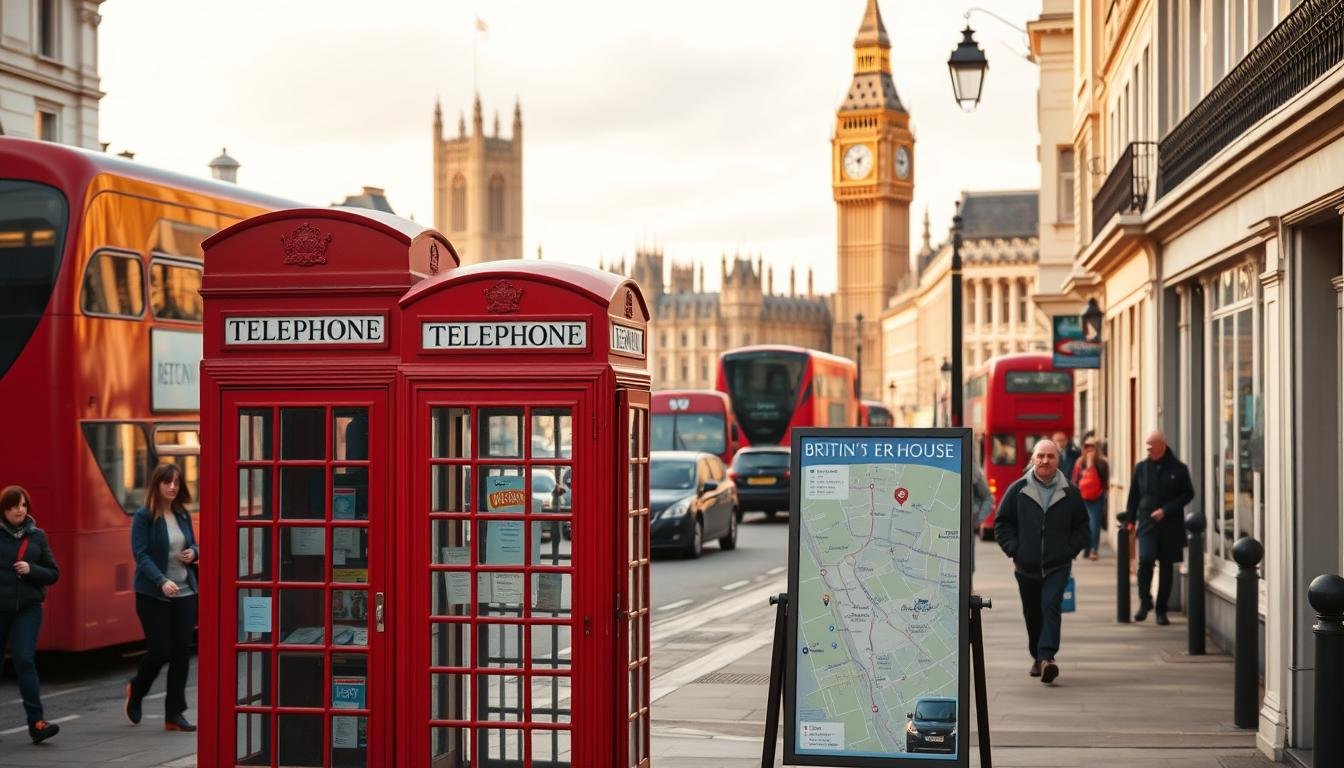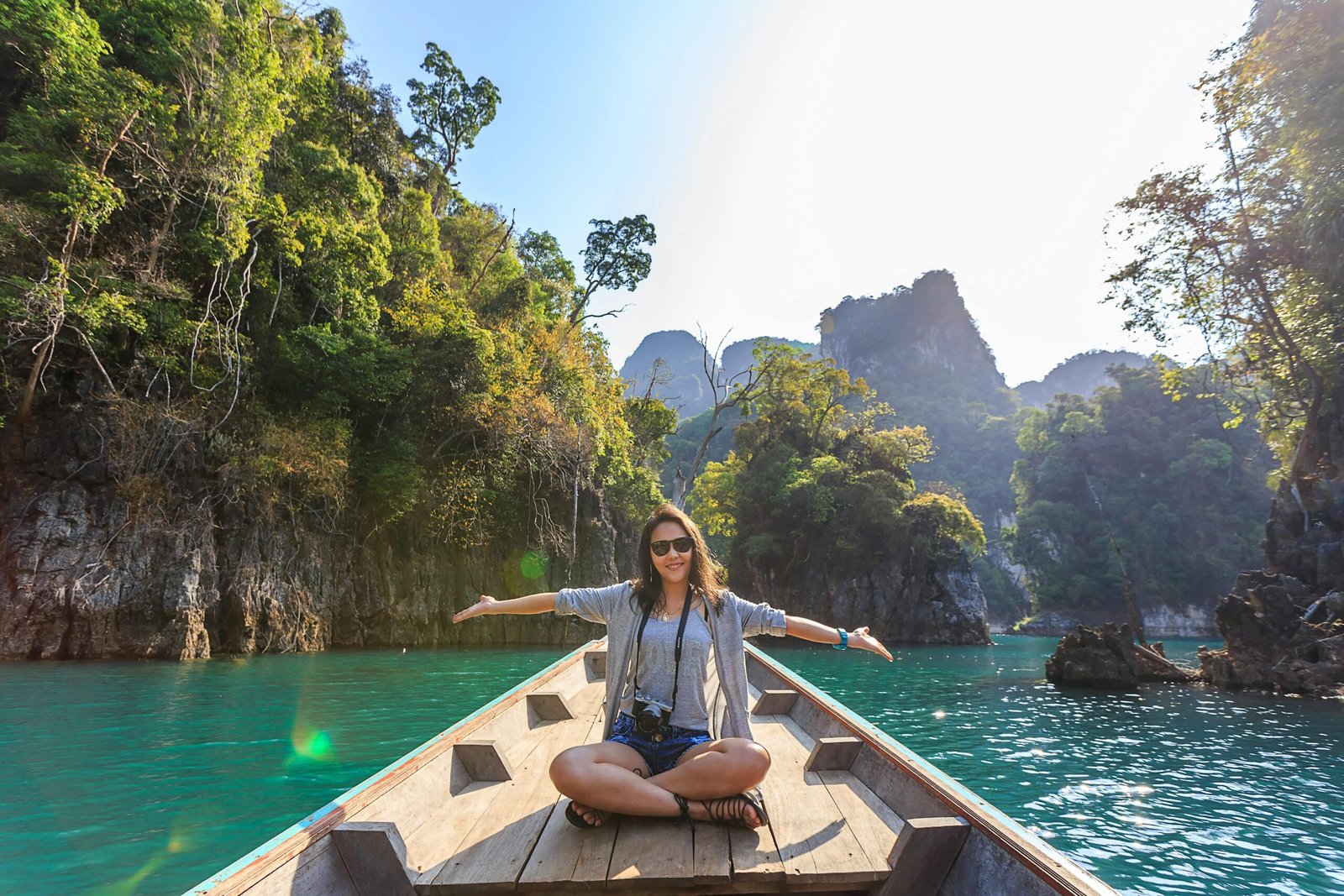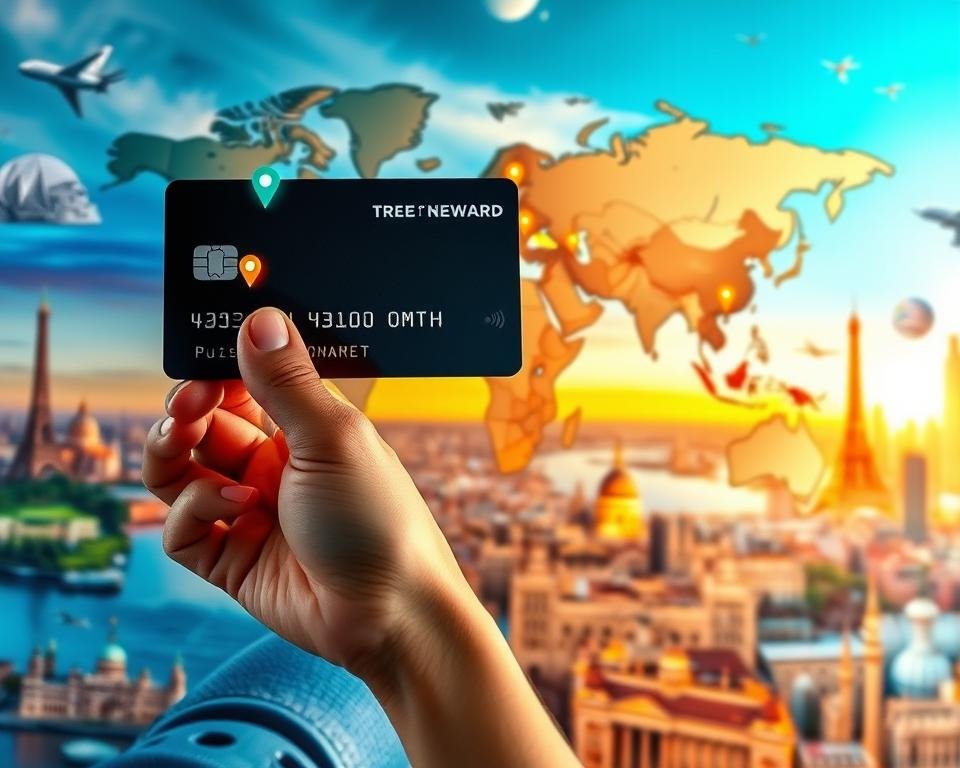Traveling is one of life’s greatest joys, but it can also come with risks—lost passports, scams, or even emergencies. While most travelers focus on packing lists and itineraries, few think about the little-known safety hacks that could make or break their trip. In this article, we’ll reveal 10 travel safety secrets that no one talks about but could save your trip (and maybe even your life). Let’s dive in!
1. Blend In Like a Local
One of the easiest ways to avoid becoming a target is to avoid looking like a tourist. Dress like the locals, avoid flashy jewelry, and keep your camera discreet. For example, in Europe, wearing sneakers and a fanny pack screams “tourist”—opt for neutral, stylish clothing instead.
When I traveled to Barcelona, I noticed that tourists stood out with their oversized backpacks and neon sneakers. By blending in, I not only felt more confident but also avoided pickpockets who target obvious travelers.
Criminals often target tourists because they assume they’re carrying valuables like cash, cameras, and passports. By dressing like a local, you reduce your chances of being singled out. Research the local dress code before your trip—what’s acceptable in one country might stand out in another.
Observe how locals dress and act, and follow their lead. For instance, in Japan, people tend to dress modestly and avoid loud colors, while in Italy, stylish yet understated outfits are the norm.
2. Use a Dummy Wallet
Carry a “dummy wallet” with a small amount of cash and expired cards. If you’re ever mugged, hand over the dummy wallet instead of your real one. Keep your actual wallet hidden in a secure place, like a money belt or hidden pocket. This trick saved a friend of mine in Rome when he was confronted by a pickpocket.
Fill the dummy wallet with a few low-denomination bills and old gift cards or expired credit cards. The goal is to make it look realistic enough to satisfy a thief without losing anything valuable.
Muggers are often in a hurry and won’t take the time to inspect the wallet thoroughly. By handing over the dummy, you protect your real cash, cards, and ID.
Keep a small amount of emergency cash hidden in your shoe or another secure spot, just in case.
3. Save Emergency Contacts Offline
Don’t rely on your phone’s memory for important numbers. Save local emergency contacts, your country’s embassy details, and your accommodation address in a notebook or offline app. If your phone dies or gets stolen, you’ll still have access to critical information.
In an emergency, you might not have time to search for numbers online. Having them readily available can save precious time.
Write down the local police, ambulance, and fire department numbers for your destination. Also, include the address and phone number of your country’s embassy or consulate.
Use apps like Google Keep or Evernote to store important information offline. You can access it even without an internet connection.
4. The Copycat Trick
One of the most overlooked yet crucial travel safety tips is to always keep photocopies or digital backups of your passport, ID, and travel insurance. Store these copies separately from the originals, and email a copy to yourself for easy access. If your documents are lost or stolen, having backups can make the process of replacing them much faster and less stressful.
Why It’s Crucial
Losing your passport in a foreign country can feel like a nightmare. Without proper identification, you might struggle to check into hotels, board flights, or even prove your identity to local authorities. Having a photocopy or digital backup of your passport can significantly speed up the process of getting a replacement at your country’s embassy or consulate. It serves as proof of your identity and citizenship, making it easier for officials to assist you.
How to Do It
Start by making two copies of each important document, including your passport, driver’s license, visa, and travel insurance details. Keep one copy in your luggage and another in a secure spot, such as a hotel safe or a hidden compartment in your bag.
Additionally, email a digital copy to yourself or store it in a secure cloud storage service. This way, you can access your documents from anywhere, even if you lose both the originals and the physical copies.
Having backups of your documents ensures that you’re never left completely stranded. It provides a safety net, allowing you to prove your identity and access essential services even in the worst-case scenario.
Pro Tip
Consider using a password-protected USB drive to store digital copies of your documents. This adds an extra layer of security, ensuring that your sensitive information doesn’t fall into the wrong hands.
If you’re traveling with a group or family, exchange copies of each other’s documents. This way, if one person loses their documents, others can help provide the necessary information.
Why It’s Worth It
This simple yet effective strategy takes just a few minutes to implement but can save you hours—or even days—of hassle. By keeping backups of your important documents, you’re not just protecting yourself from potential disasters—you’re ensuring that your trip can continue smoothly, no matter what happens.
5. Split Your Cash and Cards
One of the most effective ways to protect your finances while traveling is to never keep all your money and cards in one place. By dividing them between your wallet, luggage, and a hidden pouch, you ensure that if one stash is stolen, you’ll still have access to funds. This simple strategy can save you from being stranded in a foreign country without money or resources.
Why It’s Smart
Thieves often target wallets, bags, or pockets because they assume that’s where travelers keep their valuables. By spreading out your cash and cards, you minimize the risk of losing everything in one go. Even if a pickpocket manages to steal your wallet, you’ll still have backup funds to rely on.
How to Do It
Start by keeping a small amount of cash in your wallet for daily expenses like meals, transportation, and souvenirs. This is the money you’re okay with losing if something happens. Next, store the majority of your cash and a backup credit card in a secure location, such as a money belt, hidden pouch, or even your shoe. Finally, keep a third stash in your luggage or hotel safe, along with photocopies of your important documents.
A backpacker in Vietnam learned this lesson the hard way. While exploring the bustling streets of Hanoi, he had his wallet stolen by a pickpocket. Fortunately, he had followed the advice of splitting his money and had hidden a small amount of cash in his shoe. This allowed him to pay for a meal and transportation back to his hostel, where he could access his backup funds. Without this precaution, he would have been left penniless in an unfamiliar city.
Pro Tip
Consider using a decoy wallet with a small amount of cash and expired cards. If you’re ever confronted by a thief, you can hand over the decoy without losing your real valuables. This trick not only protects your money but also gives you peace of mind while exploring crowded or high-risk areas.
Splitting your money and cards ensures that you’re never left completely stranded. It’s a simple yet effective way to safeguard your finances and maintain your independence, even in challenging situations. If you’re carrying a significant amount of cash, consider using a travel-safe pouch that can be worn under your clothing. These pouches are discreet, comfortable, and virtually impossible for thieves to access without your knowledge.
This strategy takes minimal effort but offers maximum protection. By splitting your cash and cards, you’re not just safeguarding your money—you’re ensuring that your trip can continue smoothly, no matter what happens.
6. Trust Your Gut
Your intuition is your best travel safety tool. If a situation feels off, leave immediately. Whether it’s a too-good-to-be-true deal or a stranger acting suspiciously, it’s better to be safe than sorry.
Our instincts are often based on subtle cues we might not consciously notice. Trusting your gut can help you avoid dangerous situations.
If you’re unsure about a situation, ask a local or your hotel staff for advice.
7. Pack a Mini First-Aid Kit
A small first-aid kit might seem like an afterthought when packing for a trip, but it can truly be a lifesaver. Whether you’re dealing with a minor scrape, a sudden headache, or an unexpected allergic reaction, having essential medical supplies on hand can make all the difference.
Including items like band-aids, pain relievers, antiseptic wipes, and any personal medications ensures you’re prepared for the unexpected.
When you’re traveling, especially in remote or unfamiliar areas, access to medical supplies or pharmacies might be limited. A first-aid kit allows you to handle minor injuries or illnesses quickly, preventing them from escalating into bigger problems.
For example, during a hiking trip in Peru, I developed a nasty blister on my heel after hours of trekking. Thanks to my trusty first-aid kit, I was able to clean the area, apply a bandage, and continue my adventure without discomfort.
What to Include:
- Basic Supplies: Band-aids, gauze pads, adhesive tape, and antiseptic wipes for treating cuts, scrapes, and blisters.
- Medications: Pain relievers (like ibuprofen or acetaminophen), antihistamines for allergies, and anti-diarrheal pills for stomach issues.
- Personal Medications: If you take prescription drugs, pack enough for the entire trip, plus a few extra days in case of delays.
- Specialized Items: Depending on your destination, consider adding items like altitude sickness pills, rehydration salts, or insect repellent.
A first-aid kit gives you the tools to address minor health issues on the spot, saving you time, money, and stress. It’s especially useful in remote areas where medical help might be hours away.
Pro Tip:
Customize your first-aid kit based on your destination and activities. For example, if you’re heading to a tropical region, include mosquito repellent and anti-itch cream. If you’re planning a hiking trip, add blister pads and a small pair of tweezers for removing splinters or ticks.
Keep your first-aid kit easily accessible, whether in your daypack, carry-on, or hotel room. You don’t want to be digging through your luggage in an emergency.
During a road trip through the Australian Outback, a friend of mine developed a severe headache due to dehydration. Luckily, he had packed pain relievers and rehydration salts in his first-aid kit. After taking the medication and drinking plenty of water, he felt better within an hour and was able to continue driving safely.
A first-aid kit is lightweight, inexpensive, and takes up very little space in your luggage, but its value is immeasurable. It’s one of those items you hope you’ll never need but will be incredibly grateful for if you do.
8. Stay Safe at Night
Traveling at night can be magical—think glowing cityscapes, bustling night markets, and serene moonlit walks. However, it’s also when risks can increase, especially in unfamiliar areas. Avoiding walking alone at night and sticking to well-lit streets are simple but effective ways to stay safe. Using trusted transportation like ride-sharing apps or licensed taxis can also make a big difference in ensuring your safety.
Crime rates often spike after dark, particularly in tourist-heavy areas where thieves know travelers may be carrying cash, cameras, and other valuables. Crowds thin out, and the cover of darkness makes it easier for criminals to operate unnoticed. Even in cities known for their nightlife, it’s crucial to stay vigilant and take precautions.
How to Stay Safe:
- Before heading out, research the area and plan your route. Stick to well-lit, busy streets and avoid shortcuts through alleys or poorly lit areas.
- Instead of walking, use reputable ride-sharing apps like Uber or Lyft, or hail a licensed taxi. Always check that the driver’s ID matches the app details or that the taxi has official markings.
- There’s safety in numbers. If you’re out late, try to stay with friends or join a group of fellow travelers.
- Avoid distractions like scrolling on your phone or wearing headphones at night. Keep your head up, stay alert, and trust your instincts if something feels off.
A solo traveler in Mexico City found herself in a potentially dangerous situation after a late dinner. She had planned to walk back to her hotel, but the streets were darker and quieter than she expected. Remembering the advice she’d read online, she decided to take a registered taxi instead. Later, she learned that the area she had considered walking through had a history of petty theft. By choosing a safer option, she avoided putting herself at risk.
Criminals often target people who appear vulnerable or distracted. By staying in well-lit areas and using trusted transportation, you reduce your chances of becoming a target.
Pro Tip:
If you’re unsure about the safety of an area, ask your hotel staff or a local for advice. They can recommend safe routes and reliable transportation options.
Carry a small flashlight or use your phone’s flashlight feature when walking in dimly lit areas. Not only does this help you see better, but it also makes you more visible to others, which can deter potential threats.
In Bangkok, a traveler I met was exploring a night market when he realized he had wandered into a quieter, less touristy area. Instead of panicking, he used his phone to call a Grab (a popular ride-sharing app in Southeast Asia) and waited in a well-lit shop until the driver arrived. This simple action ensured he got back to his hotel safely.
Why It’s Worth It:
Staying safe at night doesn’t mean missing out on the fun—it just means being smart about how you navigate your surroundings. By taking a few precautions, you can enjoy the nightlife while minimizing risks.
9. Carry a Whistle
A whistle is a simple but effective tool for drawing attention in emergencies, it will help people around to locate you without having to call for everyone’s help individually. It’s lightweight, not expensive, and could be a lifesaver in dangerous situations that require calling for attention.
A hiker in the Alps used his whistle to signal for help after getting lost in the fog, imagine not having a whistle and people are far from you.
10. Learn Common Scams
Every destination has its own set of scams, and being aware of them is one of the best ways to protect yourself while traveling. Scammers often target tourists because they assume they’re unfamiliar with local customs and may be carrying valuables. By researching common tricks before you go, you can stay one step ahead and avoid falling victim to these schemes.
This is important because Scams can range from harmless annoyances to serious threats. For example, in some cities, people might try to distract you while an accomplice steals your bag. In others, they might overcharge you for services or sell you fake tickets. Knowing what to look out for can save you money, time, and stress.
Before your trip, spend some time reading travel forums, blogs, and government travel advisories. Websites like Reddit’s r/travel and TripAdvisor often have threads where travelers share their experiences with scams. You can also ask friends or family who have visited the destination for advice.
Think about this—imagine you’re walking near the Eiffel Tower in Paris, and a group of friendly-looking people approaches you with a clipboard, asking you to sign a petition for a “good cause.” It seems harmless, but as you reach for your wallet to donate, one of them discreetly picks your pocket. This is a classic scam in Paris, and it’s one I was able to avoid because I had read about it online before my trip.
Common Scams to Watch For:
- The fake petition scam, common in Europe, scammers use petitions to distract you while they steal your belongings.
- The broken taxi meter, in some countries, taxi drivers claim their meter is broken and charge exorbitant rates.
- The “friendly” local, someone offers to help you with directions or take your photo, only to demand money afterward.
- The overpriced souvenir vendors sell counterfeit or overpriced items, especially in tourist-heavy areas.
How to Avoid Scams:
- Stay alert, be cautious of anyone who approaches you unexpectedly, especially in crowded areas.
- Say no firmly, if someone tries to pressure you into buying something or signing a petition, politely but firmly decline.
- Use trusted services, stick to licensed taxis, official ticket counters, and reputable tour operators.
- Keep valuables hidden, use a money belt or hidden pouch to keep your cash, cards, and passport secure.
Pro Tip: Learn a few phrases in the local language, such as “No, thank you” or “I’m not interested.” This can help you politely but firmly decline unwanted offers.
In Istanbul, a traveler I met was approached by a shoe shiner who “accidentally” dropped his brush. When the traveler picked it up, the shoe shiner insisted on cleaning his shoes as a thank-you—and then demanded payment. Because the traveler had read about this scam, he knew to walk away without engaging.
Scammers rely on your politeness and lack of knowledge. By being informed and assertive, you can avoid falling into their traps.
If you do fall victim to a scam, don’t be too hard on yourself. It happens to even the most experienced travelers. Report the incident to local authorities if necessary, and use it as a learning experience for future trips.
Conclusion
Traveling safely doesn’t have to be complicated—it’s all about being prepared and aware. By following these 10 little-known safety hacks, you can protect yourself, save money, and enjoy a stress-free trip. What’s your favorite travel safety tip? Share it in the comments below!



